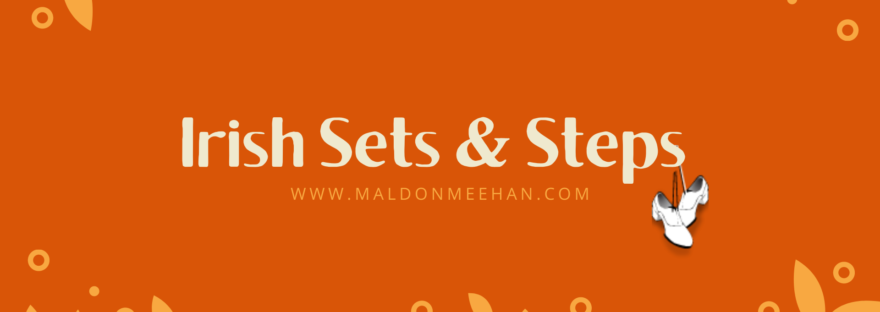Please Login to view this content. (Not a member? Join Today!)
Author: maldonm
Mon. 7:30pm | 2021 Fall | November | Keep Her Lit | Old Style Step/Other
week 1
week 2
week 3
week 4
Tue. 6:00pm & Mon. 7:00pm | 2021 Fall | November | Sean-nós Dance
week 1
week 2
week 3
week 4
Tue. 7:30pm | 2021 Fall | November | Keep Her Lit | Set Dance
week 1
week 2
week 3
week 4
Wed. 6:00pm & Tue. 7:00pm | 2021 Fall | November | Old-Style Step
week 1
week 2
week 3
week 4
Wed. 7:30pm | 2021 Fall | November | Keep Her Lit | Sean-nós/Dance the Tune
week 1
week 2
week 3
Battering for Sets | Advance & Retire Steps [The Lobster Inspired]
Resource | Reels | The Lobster Set
whole set
The Lobster Set (The Lobster/Kitty in the Lane/Jack Coughlan’s)
Document with tune breakdown – use this for working out steps or routines to this set of tunes.

